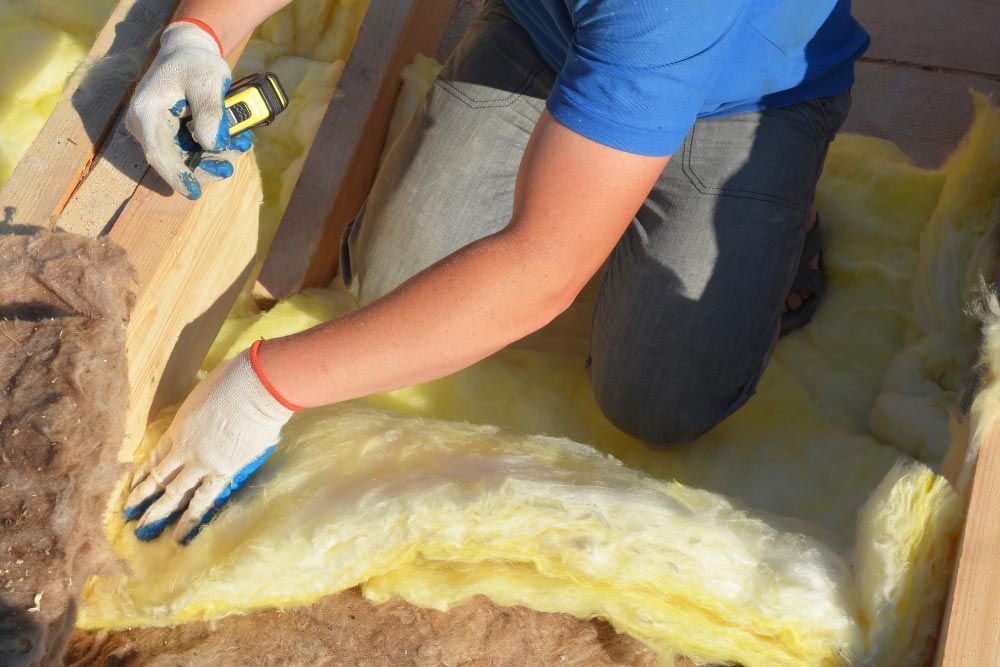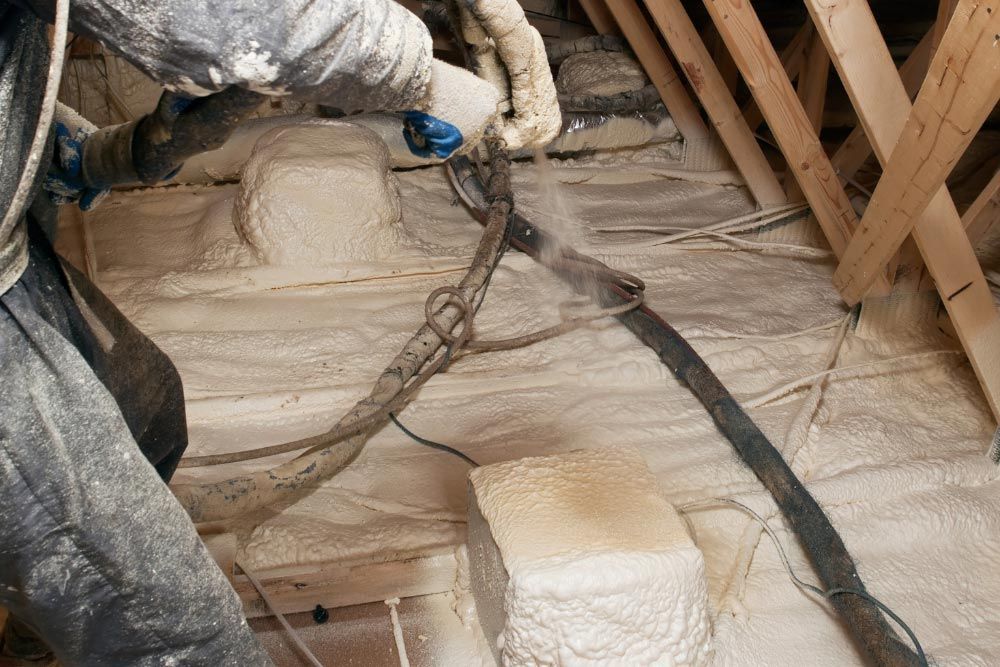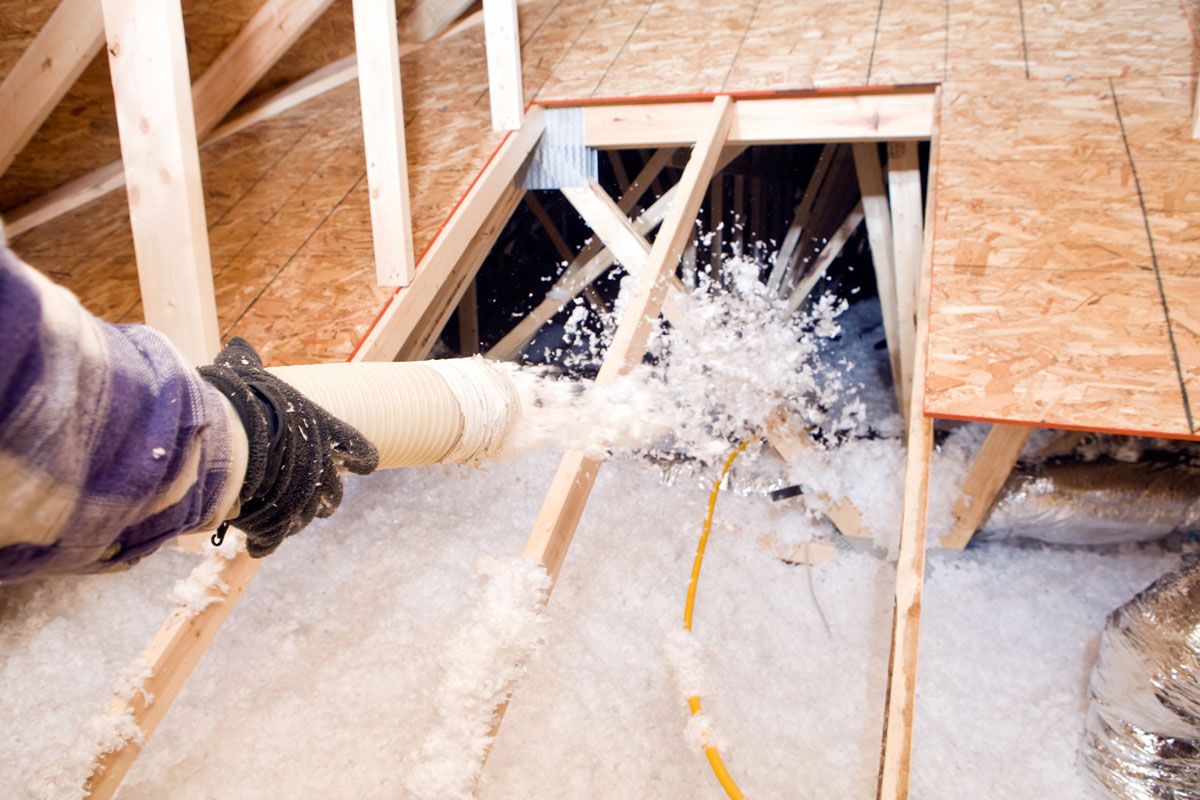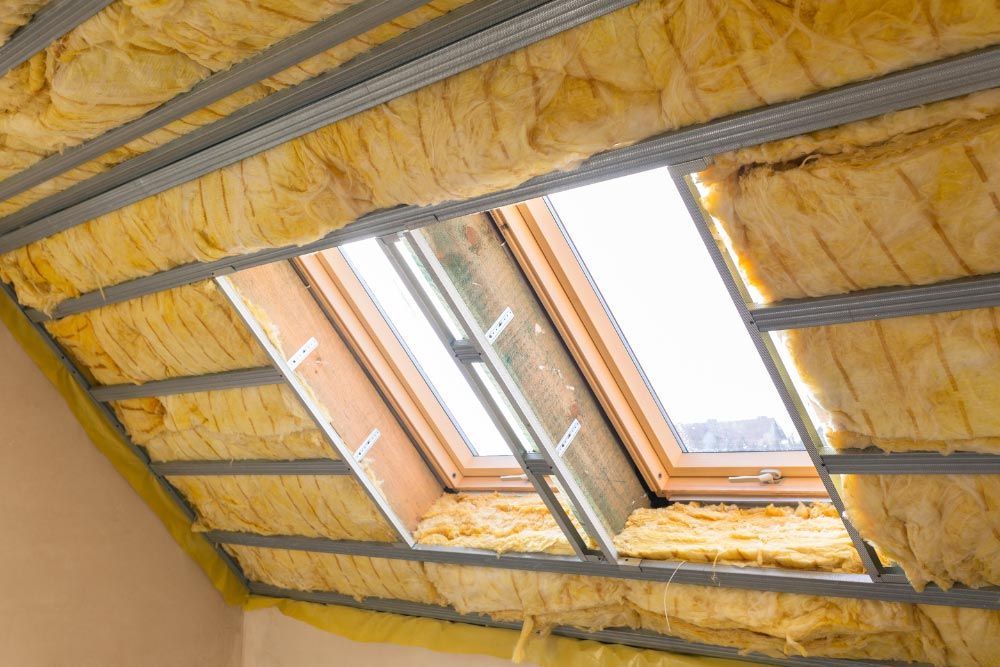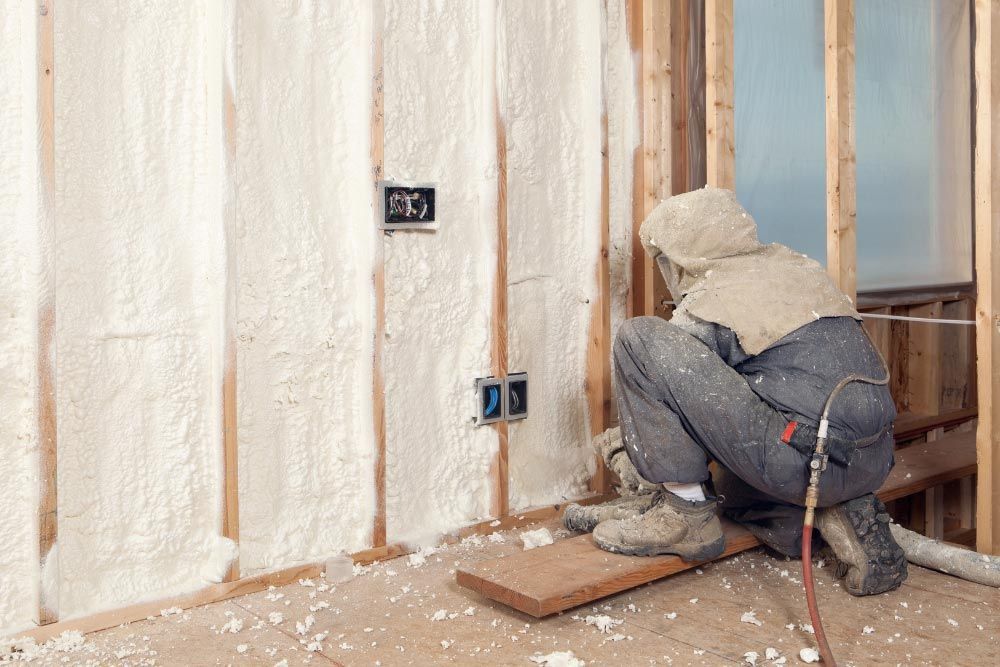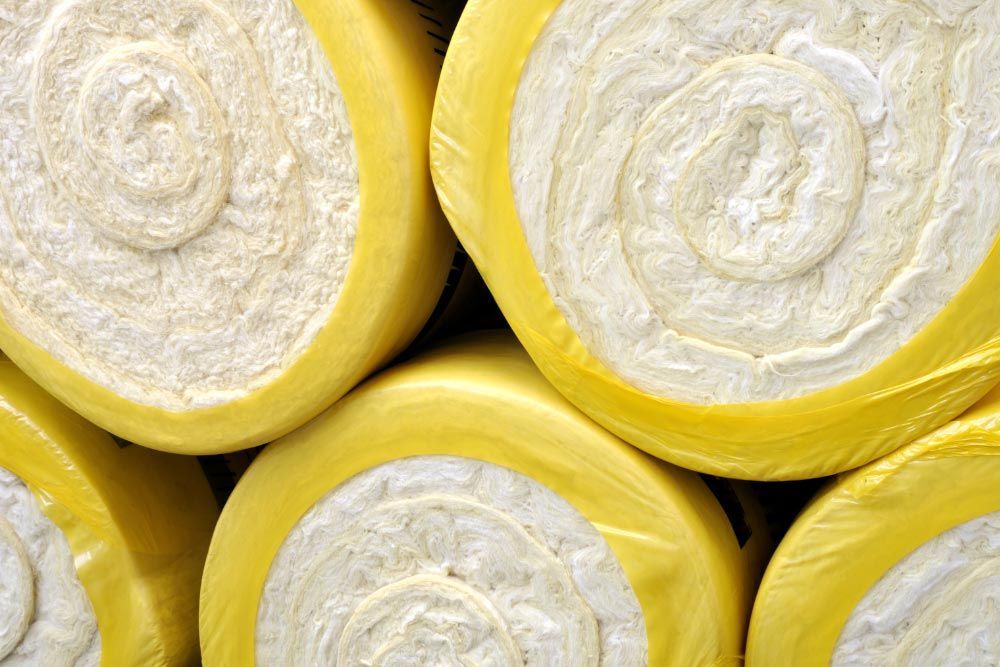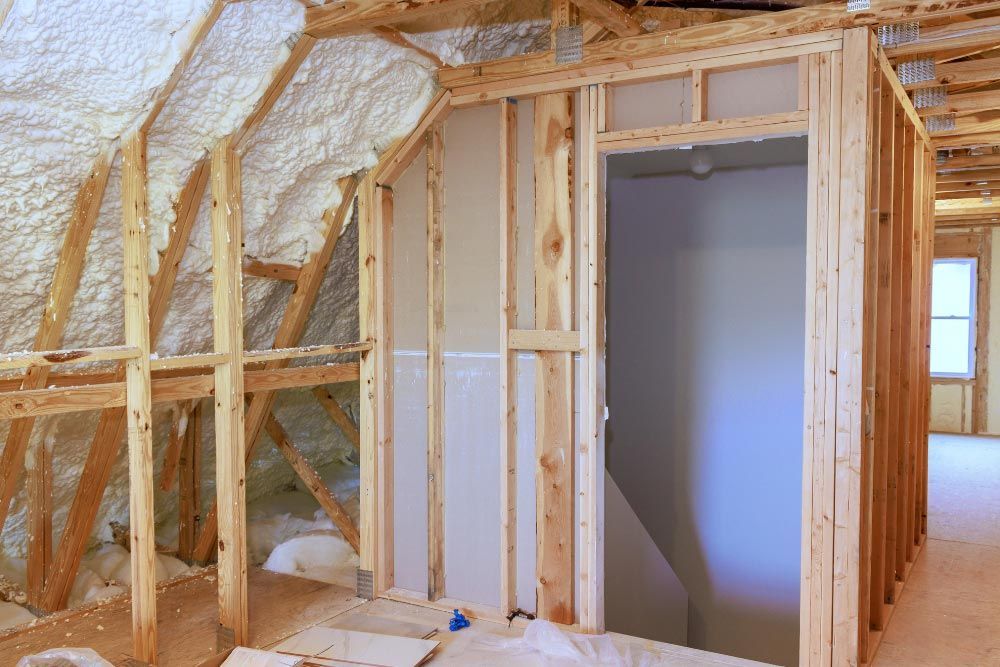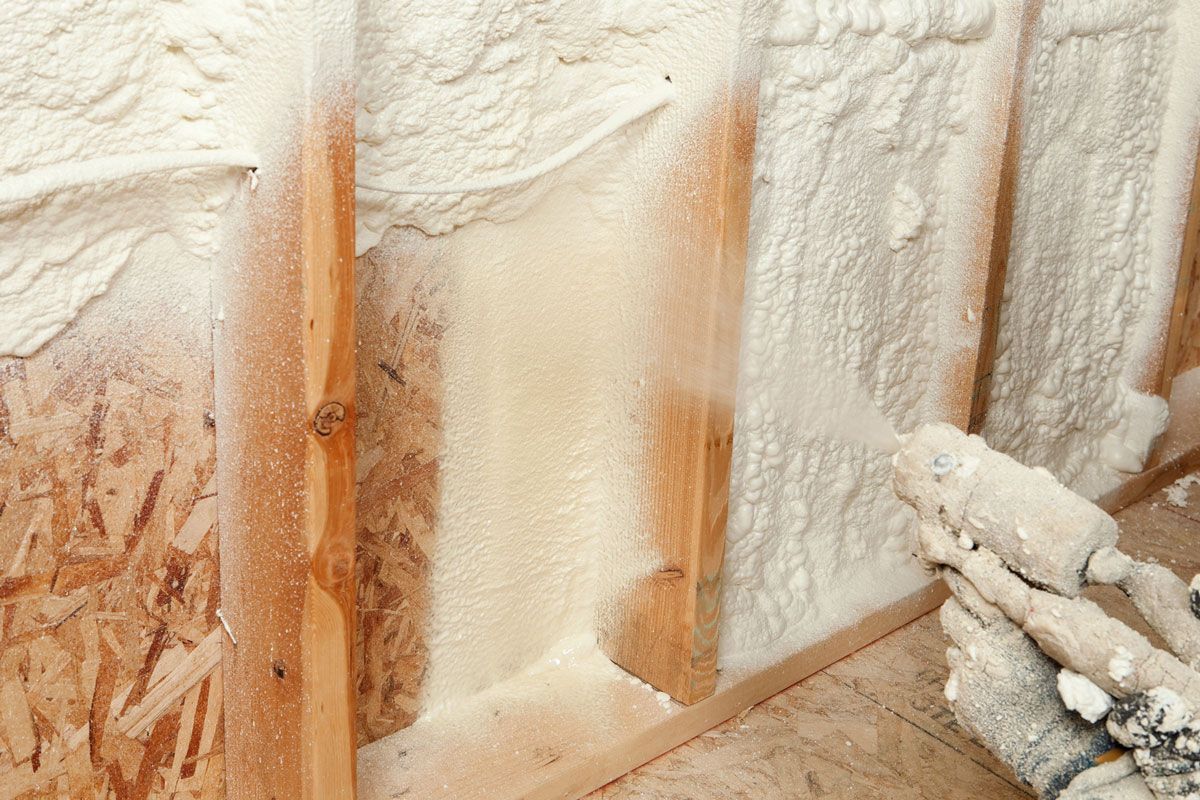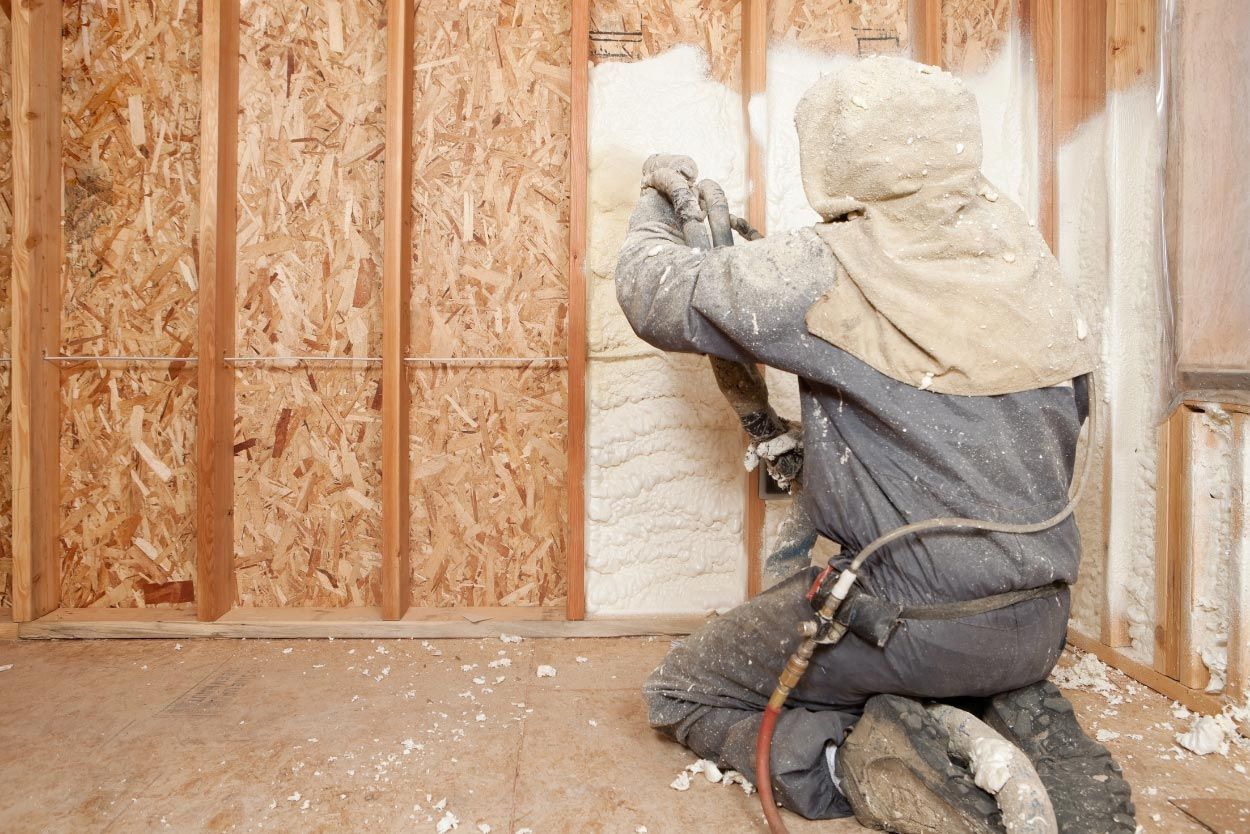How Much Does Attic Insulation Removal Cost? Complete 2025 Guide
Attic insulation plays a vital role in keeping your home energy-efficient and comfortable. Over time, however, insulation can degrade, become contaminated with pests, mold, or dust, or simply be outdated. When this happens, homeowners face the need for attic insulation removal. But how much does this process cost in 2025?
In this guide, we’ll break down typical prices, factors affecting cost, and tips to ensure a safe and cost-effective removal process.
Why You Might Need Attic Insulation Removal
There are several common reasons homeowners remove attic insulation:
- Old or deteriorated insulation: Fiberglass, cellulose, or blown-in insulation can lose effectiveness over time.
- Pest infestations: Rodents, insects, and other pests can contaminate insulation, making removal necessary.
- Mold or water damage: Leaks or moisture can lead to mold growth, posing health risks.
- Home renovations: Installing new insulation or remodeling may require removing existing material.
- Energy efficiency upgrades: Modern insulation materials are more effective, and replacing old insulation can reduce heating and cooling costs.
Removing old insulation is not just a matter of comfort; it can also prevent structural damage, improve indoor air quality, and increase energy savings.
Average Attic Insulation Removal Cost in 2025
The cost of attic insulation removal depends on factors such as insulation type, the size of your attic, contamination level, and whether you hire a professional or attempt a DIY project.
| Type of Insulation | Average Cost Per Square Foot | Notes |
|---|---|---|
| Fiberglass Batts | $1–$2 | Usually easier to remove, less labor-intensive |
| Loose-Fill Cellulose | $1.50–$3 | Heavier, may require vacuum equipment |
| Spray Foam | $2–$4 | More difficult to remove, often requires professional tools |
Average total cost: For a standard 1,000 sq. ft. attic, expect $1,500–$3,500 for professional removal. DIY removal can be cheaper ($500–$1,200) but requires proper safety gear and equipment.
Factors That Affect Attic Insulation Removal Cost
The cost of removing old or damaged attic insulation can vary widely depending on several key factors. Understanding these can help homeowners budget accurately and choose the right contractor.
1. Size of the Attic
The larger your attic, the more insulation there is to remove, which increases labor and disposal costs. Attics are usually priced by square footage, with larger spaces naturally costing more.
2. Type of Insulation
Different insulation materials affect removal difficulty and cost:
- Fiberglass batts or rolls: Easiest and cheapest to remove.
- Blown-in cellulose: Slightly more expensive due to specialized vacuum equipment.
- Spray foam: Most costly to remove because it adheres to surfaces and requires chemical solvents or mechanical removal.
- Mineral wool / rock wool: Medium difficulty; may require special handling.
3. Contamination or Mold
Insulation contaminated with mold, mildew, pests, or asbestos will increase costs. Hazardous materials require professional handling, specialized disposal, and safety equipment.
4. Accessibility of the Attic
Tight or steeply sloped attics, low clearance, or limited access points make removal more labor-intensive. Contractors may charge more for these hard-to-reach areas.
5. Disposal Fees
Old insulation must be disposed of properly. Disposal costs depend on local regulations and the amount of material, typically ranging from $50–$200.
6. Labor Costs
Labor depends on attic size, insulation type, and complexity. Standard removal labor costs usually range from $50–$100 per hour for professional contractors.
DIY vs. Professional Attic Insulation Removal
Homeowners can choose DIY removal for lower costs on small projects, but professional services ensure safety, thorough cleanup, and proper disposal for larger or contaminated attics.
| Factor | DIY Removal | Professional Removal |
|---|---|---|
| Upfront Cost | Low – only materials and rental tools | Higher – includes labor ($50–$100/hr) and disposal fees |
| Skill Level Needed | Advanced – requires knowledge of insulation types, safety, and ventilation | None – handled by trained, licensed contractors |
| Time Required | 1–3 days depending on attic size | Few hours to 1 day, depending on attic size |
| Safety Risks | High – risk of inhalation, electrical hazards, falls | Low – professionals use safety gear and follow regulations |
| Equipment Needed | Protective gear, respirator, gloves, eye protection, vacuum or bagging supplies | Included by contractor |
| Disposal | DIY disposal or local waste facility | Contractor handles proper disposal, including hazardous materials if present |
| Effectiveness | May leave debris or miss contaminated areas | Thorough removal with professional-grade equipment |
| Warranty / Liability | None | Some contractors offer guarantees for safe, complete removal |
How to Save Money on Attic Insulation Removal
Removing old insulation can be expensive, but there are several strategies to reduce costs without compromising safety or quality.
- Compare multiple quotes: Get at least 3 estimates from licensed contractors.
- Schedule during off-season: Contractors may offer discounts in spring or fall.
- Bundle services: If replacing insulation, ask for removal and installation in one package.
- DIY prep: Clear the attic and remove belongings to reduce labor time.
- Check for rebates: Some local energy programs provide rebates for upgrading insulation.
Steps in Attic Insulation Removal
Proper attic insulation removal is a multi-step process that ensures safety, thoroughness, and readiness for replacement. Here’s what homeowners can expect:
- Inspection: Identify insulation type, condition, and contamination.
- Preparation: Clear the attic, wear protective gear, and ventilate the space.
- Removal:
- Fiberglass batts can be rolled up and bagged.
- Loose-fill cellulose may require a vacuum system.
- Spray foam often needs specialized scraping or chemical removal.
- Disposal: Place insulation in heavy-duty bags and take it to a waste facility.
- Cleaning: Remove debris and dust, inspect for mold or pests.
- Replacement (optional): Install new insulation for improved energy efficiency.
Final Thoughts
Attic insulation removal is an essential step when dealing with old, contaminated, or inefficient insulation. Costs vary based on attic size, insulation type, contamination, and whether you hire a professional or DIY. While DIY options can save money, hiring a licensed contractor ensures safety, thorough removal, and proper disposal.
By planning ahead, comparing quotes, and combining removal with new insulation installation, homeowners can improve comfort, reduce energy bills, and protect their home from damage.
Frequently Asked Questions
Is it worth it to remove old attic insulation?
Yes, removing old or damaged attic insulation is worth it if it’s contaminated, compressed, moldy, or outdated. Replacing it improves energy efficiency, reduces heating and cooling costs, enhances indoor air quality, and prevents structural damage.
How long does it take to remove old insulation from an attic?
For a standard 1,000 sq. ft. attic, professional removal usually takes 4–8 hours depending on insulation type and contamination. DIY removal may take longer, especially if using manual tools and bagging material.
Does homeowners insurance cover attic restoration?
Homeowners insurance typically only covers attic restoration if damage results from a covered event, such as a fire, storm, or leak. Routine maintenance or old insulation removal is not usually covered.
How to tell if attic insulation is bad?
Signs of bad insulation include:
- Visible mold, mildew, or water damage
- Compressed, uneven, or deteriorated material
- Pest infestation or droppings
- Higher energy bills due to poor temperature regulation
- Dust or debris buildup inside the attic
How long does attic insulation removal take?
A professional team can remove insulation from a 1,000 sq. ft. attic in 4–8 hours, depending on type and contamination.

